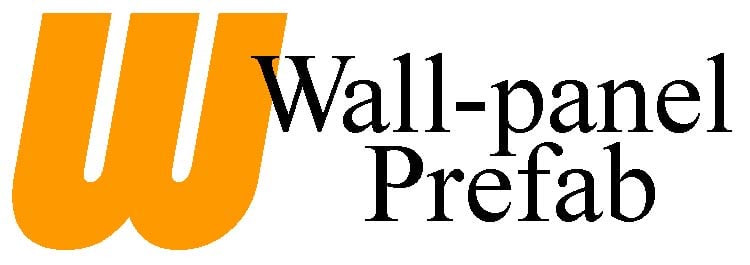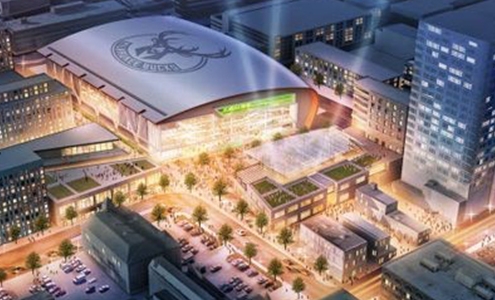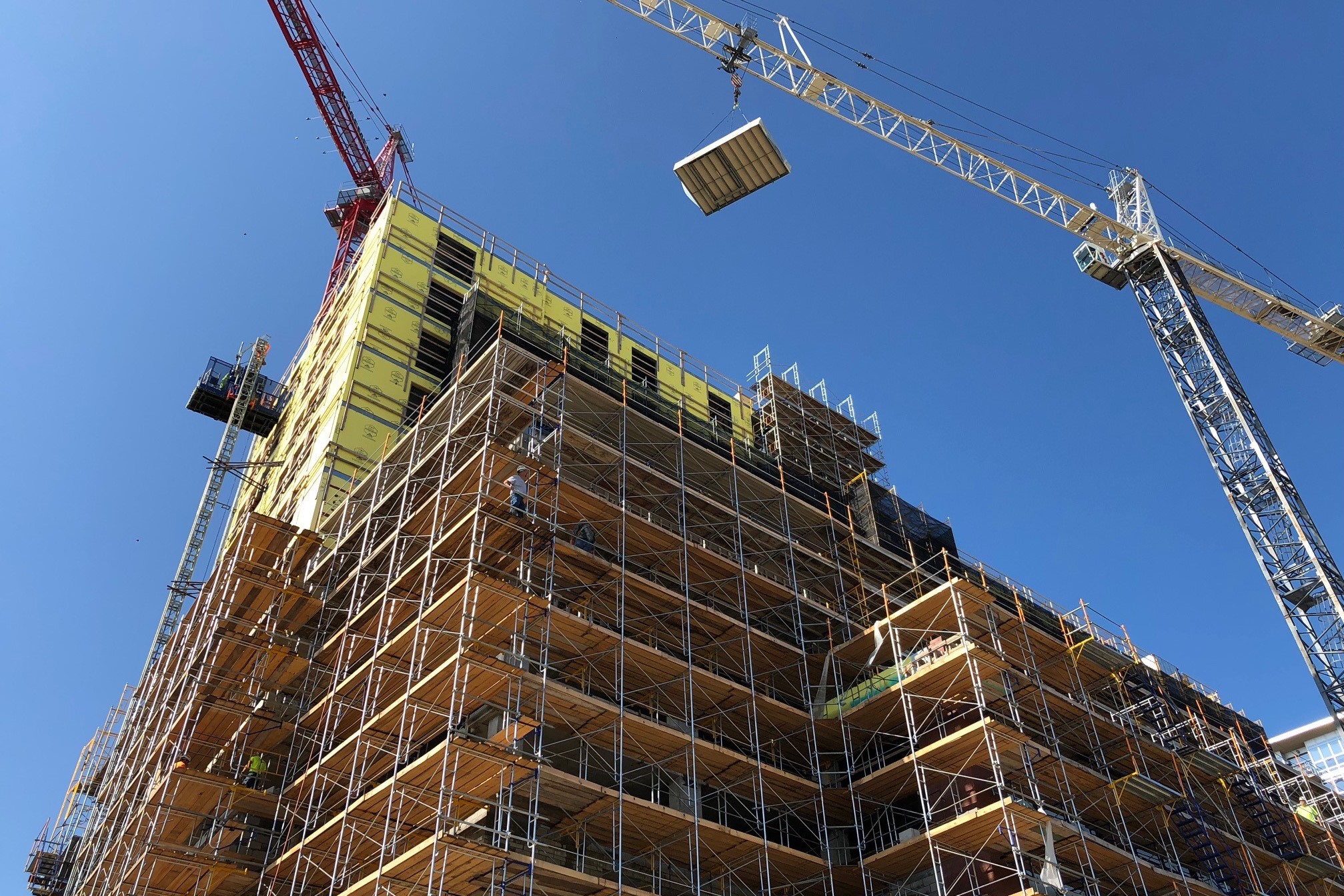Prefabricated buildings are very much in trend since many architects realize the value of these structures. This technology is a boom for construction manufacturers, saving time and allowing them to create compelling designs with highly durable yet flexible structures that are scalable. These pre-engineered constructions are versatile, high-quality, and eco-friendly. But despite numerous advantages, there are several misconceptions around prefabricated construction. Let’s dispel the common myths of prefab construction.
Myth #1: It’s cookie cutter
Prefabricated construction is known to be faster, more versatile, and high quality. But considering prefabricated construction to be a cookie-cutter approach with little creative flexibility is wrong. Although repeatable units are produced in large quantities based on ready-made design, this does not mean prefabricated construction lacks creativity and is synonymous with lackluster units. Prefab manufacturers are skilled in customizing these constructions based on the client’s needs and specifications.
For example, now you can work off a chassis (like in the automobile industry) and put different spins on that. That’s the type of prefab we specialize in, and it helps us give our customer a very efficient model and still give the architect flexibility in what it looks like.
Myth 2 – It’s expensive
Some critics claim that prefabrication is expensive. But the reality is different. In fact, prefabrication is quicker to construct and reduces actual onsite time. No weather delays affect the construction of prefab buildings. No delays mean no disruptions and quick construction. The use of prefabrication and modular components simplifies construction, reduces waste removal and site work, and improves coordination and quality control.
Besides, shorter project cycles allow contractors to complete more projects quickly with less manpower. Another cost advantage of prefab construction is that it is associated with lower insurance rates, bringing down the cost further.
So rejecting prefab construction considering it expensive is wrong. Being a cost-effective investment is one of its key selling points.
Myth 3 – It’s risky
It’s a common misconception that prefabricated buildings are unsafe since they are built offsite and assembled later. Critics claim that modular construction are less stable than traditional buildings. The risk factor associated with prefab construction is completely wrong. In fact, prefab buildings comply with stringent construction regulations. Since prefab is manufactured off-site in a controlled environment, it’s easier to install following highest safety and quality standards.
Besides, prefab constructions are more durable and flexible and highly weather resistant.
Bottom line
If you’re open to exploring whether prefab is the right choice for your construction project, feel free to reach out to us. We are leaders in prefabricated construction with framing and drywall systems and pride ourselves on our excellence in constructing attractive buildings that are not only visually appealing but also highly durable and flexible.






